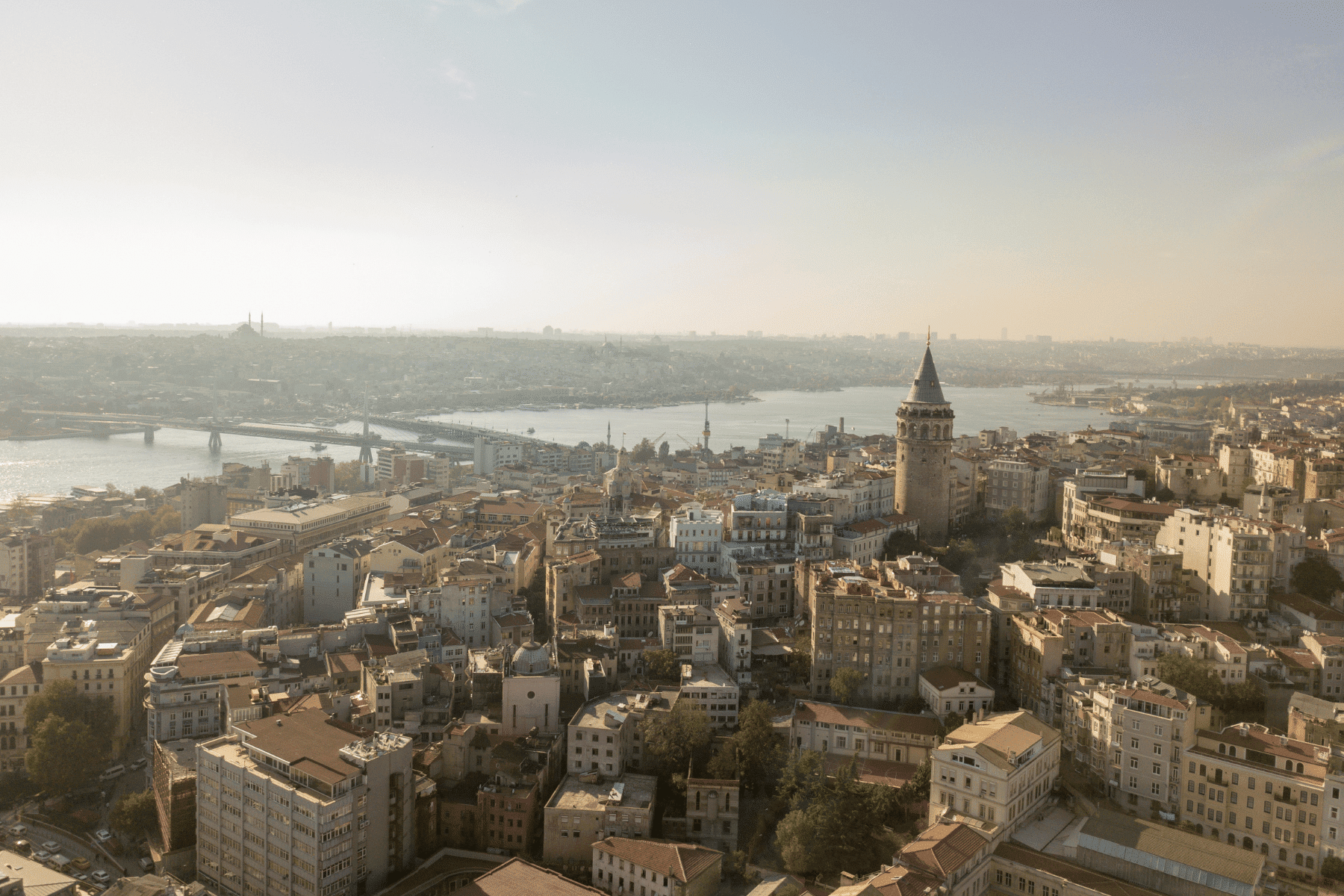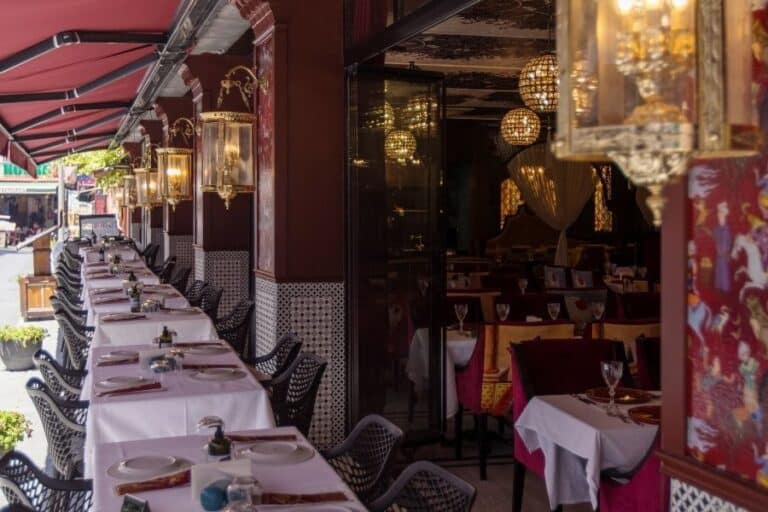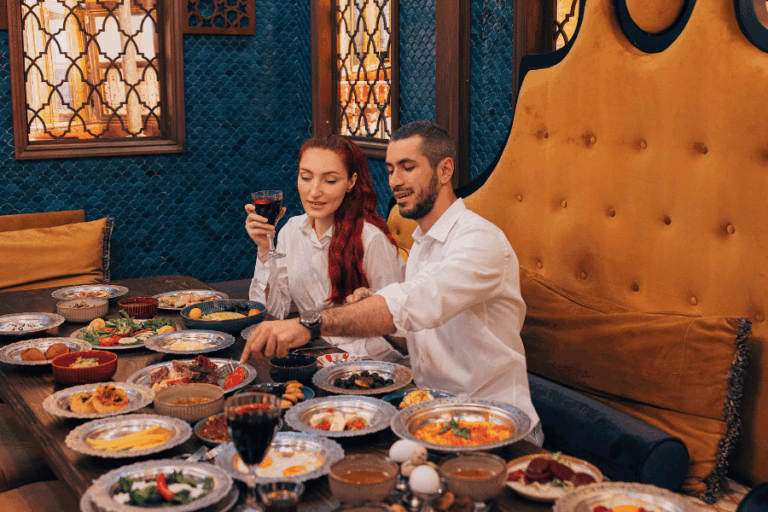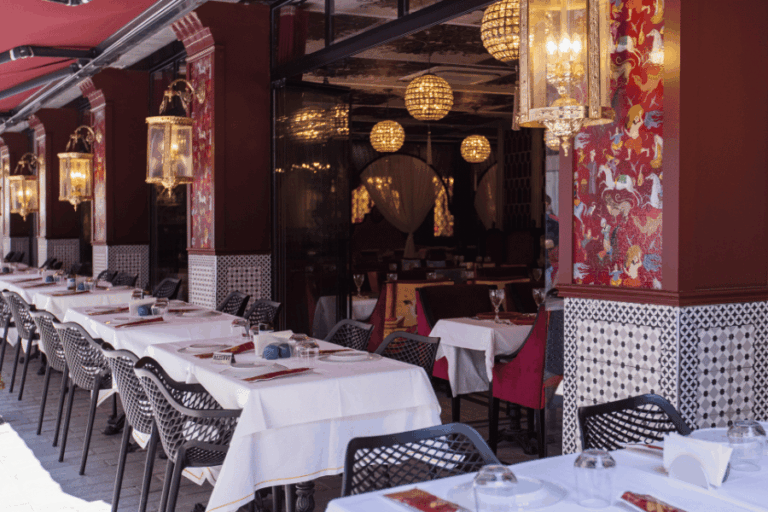If you are coming to Istanbul for a tourist trip, we recommend that you spend most of your time in the Historic Peninsula of the city. This part of the city has many unmissable experiences and is home to many of the famous attractions. It is located in the south of the Golden Horn, the historical peninsula of Istanbul, and consists of regions such as Beyazıt, Eminönü, Fatih, Kumkapı, Sirkeci, Süleymaniye, Sultanahmet, and Tahtakale. In this article, we have listed the places you must see while visiting the historical peninsula of Istanbul as a tourist.
Sultanahmet
Sultanahmet is by far the most important district of Istanbul’s historical peninsula. It is the heart of the Byzantine, Constantine, and Ottoman empires. Today, people still talk about Sultanahmet as the historical heart of Istanbul.
The tram-lined main street, Divan Yolu, is the backbone of Sultanahmet, while Sultanahmet Square is the obvious starting point for your touristic trips. It is in a central location within easy reach of Hagia Sophia, Blue Mosque, Topkapi Square, Hippodrome, and Basilica Cistern.
Beyazit
If you leave Sultanahmet Square behind and start walking uphill on Divan Yolu, you will eventually arrive at Beyazıt. When you arrive at Beyazıt Square, you can see the Beyazıt Tower and Beyazıt University, which was founded on May 30, 1453, the day after Fatih’s conquest of Istanbul. Beyazıt Square is also one of the main entrances of the Grand Bazaar. In this town, there is also an interesting bookstore ( Booksellers’ Bazaar).
Sulaymaniyah
The main attraction in this area is the Suleymaniye Mosque. To reach it, you need to walk around the university from Beyazıt Square on the left.
Eminonu
Eminönü, which is completely within the old walls, has been an important settlement for transportation and trade throughout history. After the 10th century, Latin colonies, mostly Genoese, settled in this Byzantine town and built their own piers to trade. During the Ottoman Empire, the region continued to play the role of a commercial center and gained some added value with the Sirkeci train station.
During the Republic of Turkey, the face of the region changed greatly. The buildings in front of the New Mosque and the ticket offices used to cross the bridge were destroyed. Some buildings around the Spice Bazaar have been cleaned and some have been restored. Although the population of the region continued to increase until the end of the 50s, today the residential population has greatly decreased due to trade.
The inner city ferry piers and the city bus terminal by the sea, the New Mosque, the Spice Bazaar, and the various shops around these landmarks are the most distinctive features of Eminönü.
Sirkeci
The most important attraction is Sirkeci train station, which was once the last station of the Eastern Express. The main street is called Ankara Caddesi and climbs up the hill to Cağaloğlu, which used to be the press center.
In addition to the ferries to the Islands, there are also the ferries to the Harem on the Anatolian side, on the coastal part of Sirkeci. The Great Post Office, which is the building of the postal administration of Istanbul, is the largest postal building in Turkey.
Tahtakale
Tahtakale is located in the southwest of the Spice Bazaar and is famous for its coffee. Coffee came to Istanbul in 1519 with the conquest of Egypt and the Hejaz by Yavuz Sultan Selim. Istanbul’s first coffeehouse was opened in Tahtakale in 1554 by two merchants. The first customers are bureaucrats. At that time, coffeehouses were places where intellectuals and entertainers socialized, discussed art, and played chess or backgammon. In those days, being able to attend these meetings meant being accepted and approved by society.
Located very close to Eminönü port, Tahtakale has always been the center of trade, with dozens of shops cramped in its small streets. Before 1980 it was famous for illegal currency trading, which was banned in those days. After the ban was lifted, the area lost this reputation, but it is still known for the variety and authenticity of the shops located in its narrow and crowded streets.
Fatih
The name of this district comes from Fatih Sultan Mehmed. Today, it is still considered the real Istanbul. It is also one of the most conservative districts of Istanbul.
Valens Aqueduct ( Bozdogan Aqueduct), Porphyrogenitus Palace (Tekfur Palace ), Fethiye Museum, Kariye Mosque, Sultan Yavuz Selim Mosque, and the famous Fatih Mosque, located on Atatürk Boulevard.
The tombs of Mehmed the Conqueror, Yavuz Sultan Selim, and some of the prominent statesmen of the Ottoman Empire, including Gazi Osman Pasha, are in Fatih.
Kumkapi
In the Byzantine period, it was called Kontoskalion, meaning ‘small pier’. It means Kumkapi in Turkish. It is one of the gates in the old city walls. Until recently, the settled population of Kumkapı was mostly Armenian. There is still a community school and several churches there. Today, Kumkapı is famous for its various fish restaurants and taverns in Nevizade-style streets closed to vehicle traffic.








